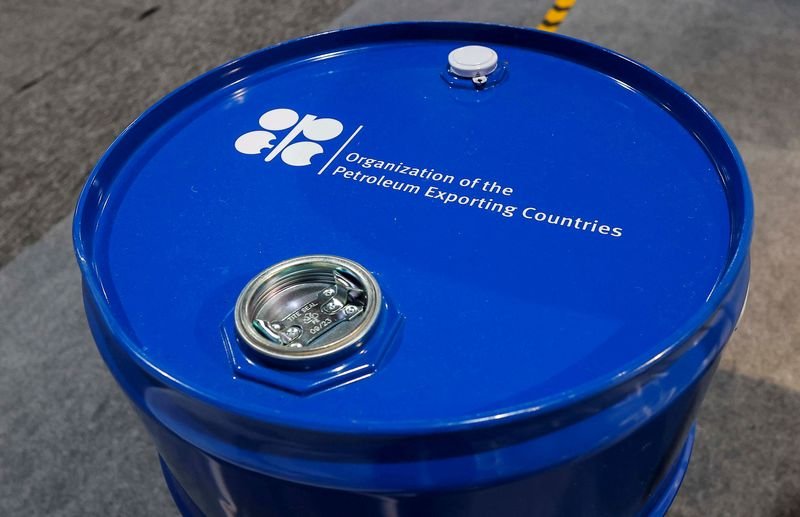Oil Prices Surge as U.S. Inventory Drops
The oil market is experiencing a significant uptick in prices, primarily attributed to a substantial decline in U.S. inventories. The latest data indicates that the decrease in stockpiles has sparked renewed interest among traders, pushing prices higher. As we delve into the dynamics of this market shift, several factors contribute to this trend.
Decline in U.S. Oil Inventories
Recent reports reveal a considerable drop in crude oil supplies within the United States. This reduction in inventory is seen as a crucial factor driving oil prices upward. Analysts suggest that the decrease aligns with seasonal consumption patterns, where demand typically rises as summer approaches. The lower inventory levels have made traders more optimistic about future price movements.
Global Trade Agreements Impacting Oil Prices
In addition to domestic inventory levels, global trade negotiations play a vital role in influencing oil prices. These agreements can either bolster or destabilize the market, affecting supply and demand on an international scale. Recent talks have garnered attention and could potentially lead to favorable conditions for oil trading.
Market Reactions and Price Movements
Following the announcement of the inventory decrease, market sentiment shifted, with traders reacting swiftly to the news. Oil prices rallied as investors scrambled to take advantage of the situation. The reactions in the futures market have been notable, reflecting a growing confidence in the sustainability of higher prices in the short term.
Factors Contributing to Oil Price Fluctuations
Several elements contribute to the ebb and flow of oil prices. Geopolitical tensions, weather patterns, and production levels all play significant roles in shaping market dynamics. For instance, tensions in oil-producing regions can lead to supply disruptions, further influencing price trends.
Geopolitical Tensions
Unrest in oil-rich regions often sends shockwaves through the commodity markets. Traders keep a close watch on political developments that could threaten supply chains. Any escalation in conflict or instability can drive prices higher, as the fear of reduced availability looms.
Weather Patterns
Weather events can drastically affect oil production and transportation. Hurricanes, for example, can disrupt drilling and refining processes, resulting in temporary shortages. As a result, severe weather conditions can lead to immediate spikes in oil prices as traders anticipate reduced supply.
Production Levels
OPEC and non-OPEC countries play a pivotal role in regulating oil production. Agreements to cut or increase output can significantly impact prices. Compliance with these production quotas is closely monitored, and any deviations can lead to market reactions that affect global oil prices.
Future Outlook for Oil Prices
As the market adjusts to the recent inventory decline and ongoing trade negotiations, the future of oil prices remains uncertain but optimistic. Analysts suggest that if the trend continues and inventories remain low, prices may stabilize at higher levels. Traders are expected to remain vigilant, watching for announcements that could signal changes in supply and demand.
Conclusion
The current surge in oil prices reflects a complex interplay of declining U.S. inventories, global trade agreements, geopolitical tensions, and market reactions. Investors and analysts alike will continue to monitor these factors closely, as they will significantly shape the trajectory of oil prices in the coming weeks and months. With the market’s inherent volatility, staying informed on these developments is essential for anyone engaged in oil trading or investment.
